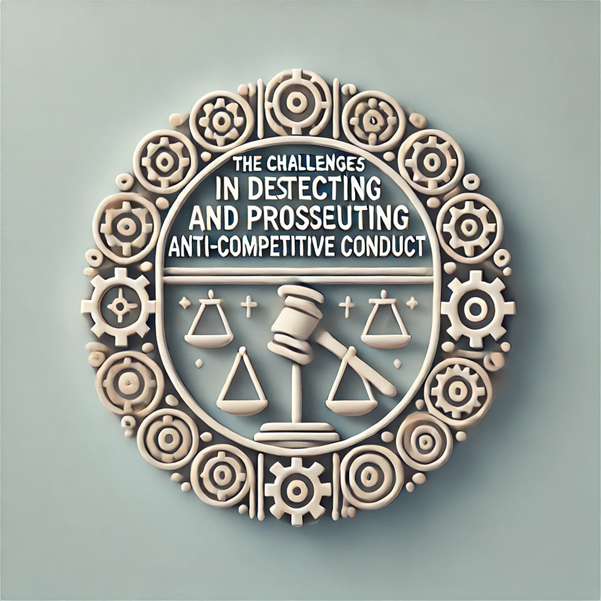By Adv Siddharth Narang, Partner Agreya Legal
Companies engaged in anti-competitive behaviour often employ sophisticated strategies that are challenging to detect.
Detecting these covert arrangements requires access to internal company documents, emails, or insider information, which may not be readily available.
Lack of Awareness and Resources:
Some companies, especially smaller ones, may not be fully aware of competition laws or may lack the resources to ensure compliance. Detecting and prosecuting anti-competitive conduct becomes challenging when there is limited awareness or inadequate resources for monitoring and enforcement.
Information Asymmetry:
Authorities often face challenges in accessing critical information needed for investigations. Companies involved in anti-competitive practices may try to conceal their actions, making it difficult for regulators to gather the necessary evidence.
Complexity and Dynamic Nature of Markets:
Modern markets are often complex and dynamic, with rapid technological advancements and evolving business models. Competition authorities may struggle to adapt their enforcement strategies to address new forms of anti-competitive conduct, such as those facilitated by emerging technologies.
Differentiating between legitimate competitive behaviour and anti-competitive practices can be challenging, especially when businesses engage in complex strategies or utilize sophisticated financial instruments.
Rapid Technological Changes:
Advances in technology can lead to new and innovative business practices, some of which may have anti-competitive effects. Regulators may struggle to keep pace with technological developments and may not immediately recognize the potential harm caused by certain practices.
Complex Legal and Economic Analysis:
Identifying anti-competitive behaviour often requires sophisticated legal and economic analysis. This complexity can make it difficult for authorities to build a compelling case, particularly when dealing with intricate financial transactions or complex market structures.
Proving that collusion has resulted in actual harm to competition and consumers is a complex task. Demonstrating a direct link between anti-competitive behaviour and adverse market effects requires comprehensive economic analysis and evidence of market impact.
Effectively prosecuting price-fixing cases often demands a deep understanding of economic principles and market dynamics. Authorities may need to rely on economic experts to analyze complex data and demonstrate the anti-competitive effects of collusion.

